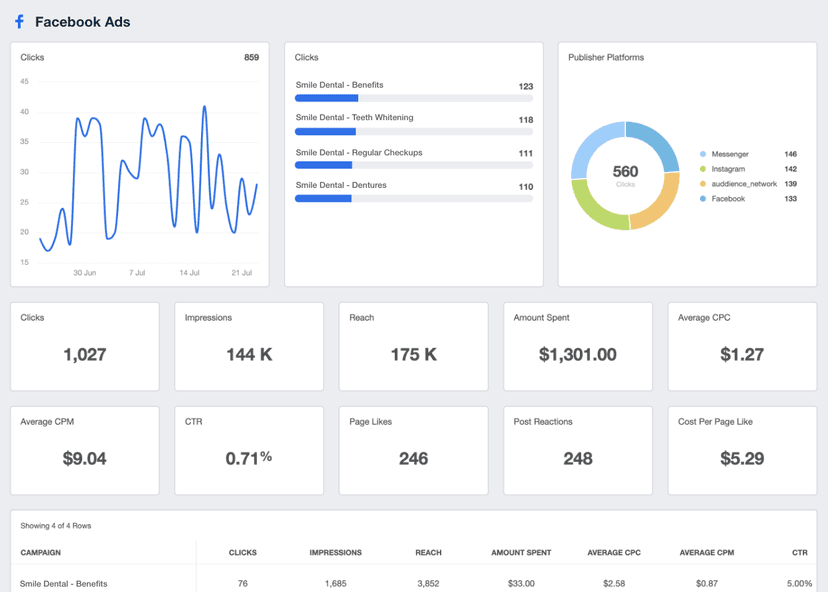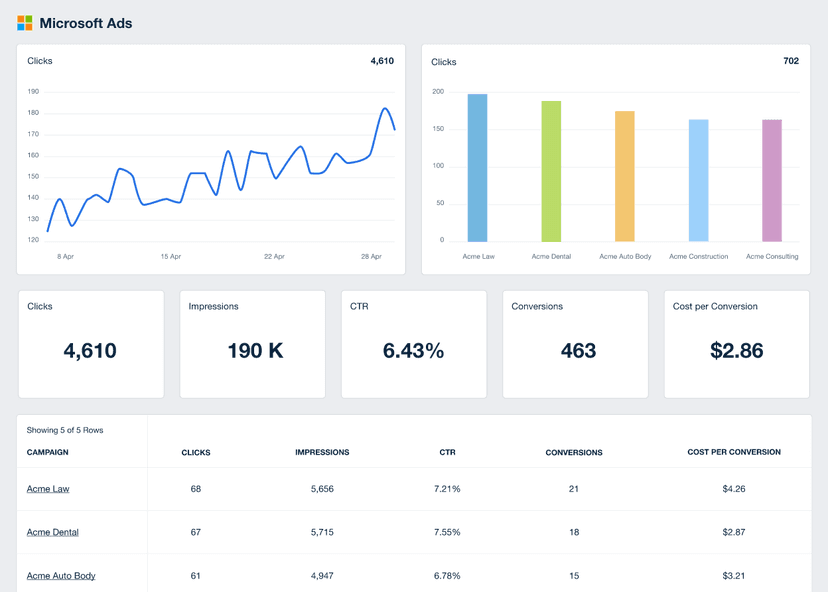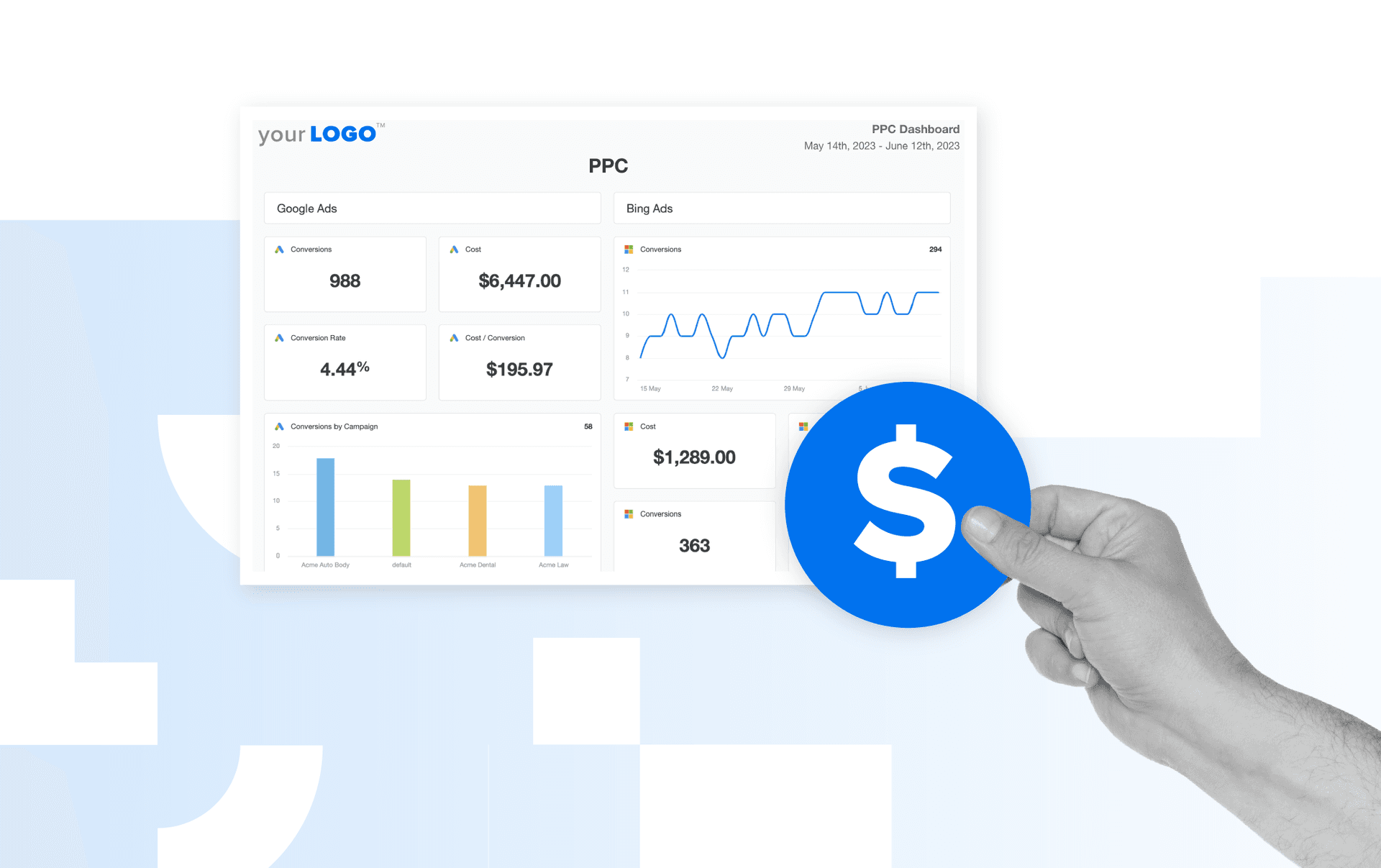Cost Per Click (CPC)
Budgeting
Use CPC to allocate funds efficiently across campaigns and channels.
Trend Tracking
Monitor CPC for timely ad changes, campaign strategy, and bidding adjustments.
Client Reports
Feature CPC in client reports to provide a tangible metric that highlights campaign efficiency.
Optimization
Identify which campaigns, keywords, or channels yield efficient clicks
Why Cost Per Click Is Important
Understanding the average Cost per Click is foundational for effectively managing a Google Ads account or other PPC campaign. The financial backbone of online advertising efforts, advertisers allocate specific amounts per click, making calculated investments to acquire potential customers. A clear understanding of CPC offers a precise measure of spend, adding layers of accountability and intentionality to advertising budgets.
In an auction model, the Cost per Click is rarely fixed. Instead, it varies based on search engine algorithms, campaign settings, and market competition. Quality scores–assigned by search engines based on multiple variables– also directly influence the CPC.
With a thorough understanding of these factors, advertisers develop dynamic and effective bidding strategies that maximize Return on Ad Spend (ROAS) and ROI.
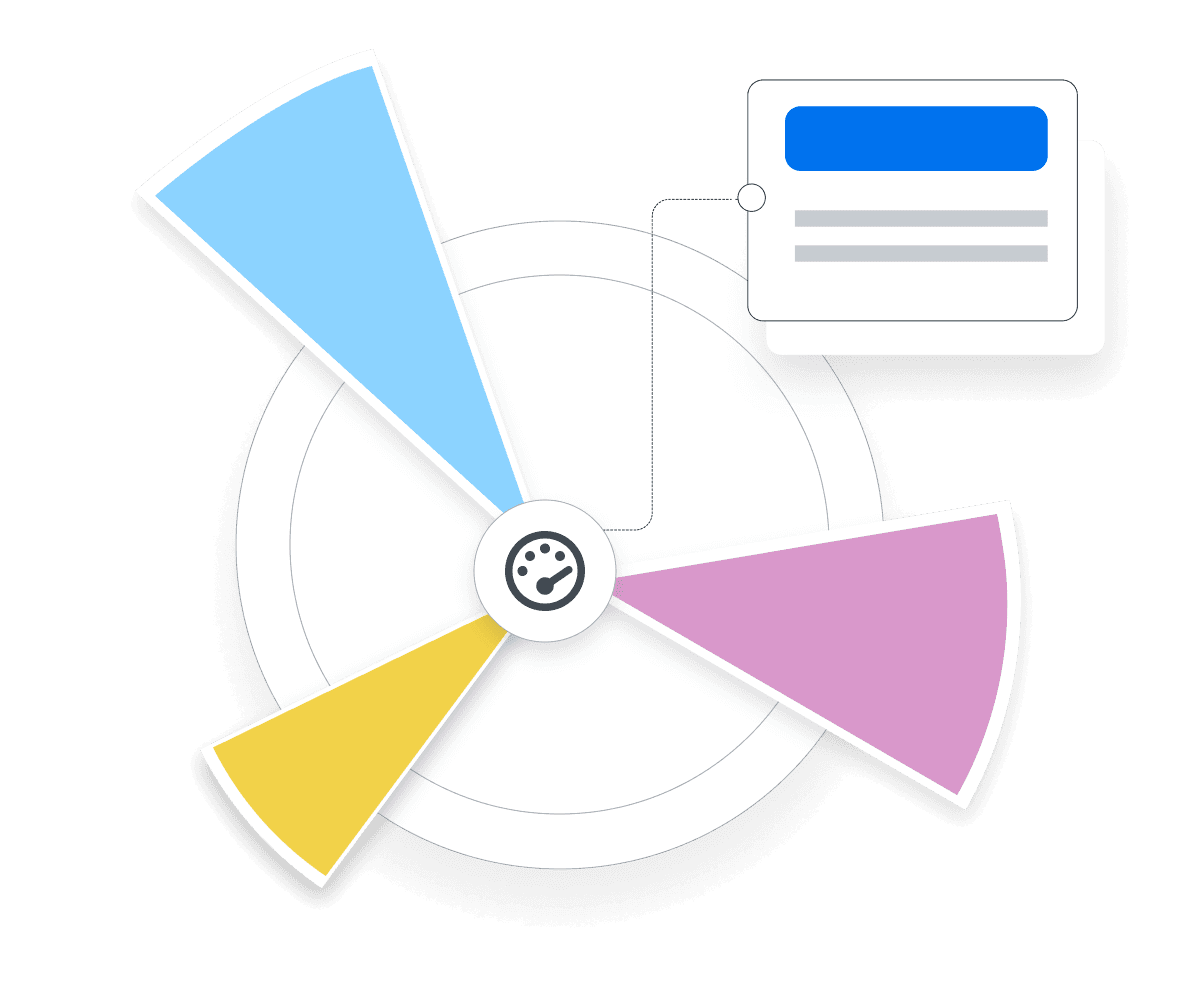
Stop Wasting Time on Manual Reports... Get PPC Insights Faster With AgencyAnalytics
How CPC Relates To Other KPIs
Cost per Click has a direct and measurable relationship with Quality Score. A higher quality score leads to a reduced CPC and improved ad rank. Elements like ad copy quality, Click-through rate (CTR), and landing page relevance are vital in shaping this score and–by extension–the average CPC.
CPC also directly impacts the total cost of a Pay Per Click campaign, influencing ROI and Return on Ad Spend (ROAS). A focused view on CPC, Conversion Rates, and Average Order Value (AOV), gives a more accurate picture of overall campaign success. After all, a low CPC is not inherently beneficial if Conversion Rates are low. Conversely, better Conversion Rates and ROI may justify a higher CPC.
Finally, CPC provides a consistent measure across different ad platforms for calculating costs and identifying opportunities, providing critical insights into which platforms offer quality traffic at a reasonable cost.
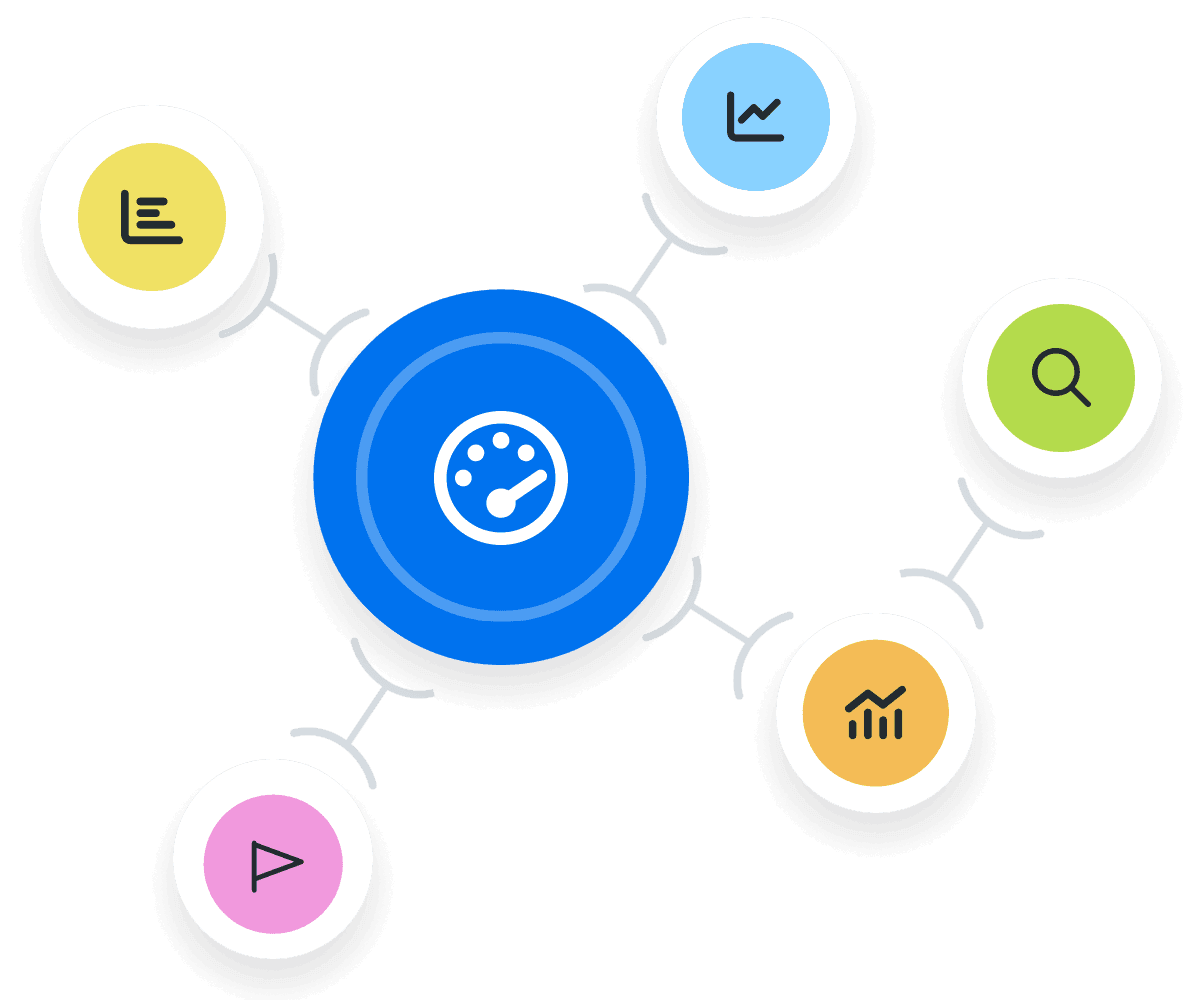
How To Calculate Cost Per Click
Calculating CPC is a straightforward process but crucial for managing advertising budgets. The formula involves dividing the total cost an advertiser pays for clicks by the number of clicks received. This yields the average CPC, which is used for budgeting, forecasting, and manual CPC bidding.
Cost Per Click Formula Example
What Is a Good Average CPC?
A good average CPC aligns with industry standards while achieving or exceeding campaign objectives. This sweet spot allows for effective use of the budget without sacrificing visibility or engagement.
What Is a Bad Average CPC?
A bad average CPC usually stands at the opposite end of the spectrum: either too low to generate quality traffic or too high for the value of each click. It often indicates inefficiency in advertising spend.
How To Set CPC Benchmarks & Goals
Because average CPCs vary greatly based on the industry and target keywords, agencies typically look at historical keyword data instead of sticking to industry standards. Comparing past average CPCs to campaign performance helps set more personalized benchmarks, making them more actionable. Although several tools provide CPC estimates, there is no better data for forecasting than the actual cost from historical campaign data.
When specific revenue targets are set, back-calculation is a valuable technique for setting max CPC goals. Advertisers set a maximum CPC bid that aligns with that target by breaking down the revenue objective into a per-click value.
For example, if the target is to acquire 100 signups at a Cost Per Lead of $10, and the landing page conversion rate is 20%, the maximum CPC would come in at $2.00. Let’s follow the math:
Work backward from the goal, which is 100 sign-ups at a Cost Per Lead (CPL) of $10.
Total Budget: 100 signups * $10 CPL = $1,000
Clicks Needed: With the landing page conversion rate at 20%, to get 100 signups, 500 clicks are required.
Target CPC: Dividing the budget by the total clicks required. $1,000 / 500 clicks = $2
This way, advertisers pay a cost directly tied to their end goals.
Why CPC Matters to Clients
For clients, the appeal of Cost per Click lies in its direct correlation with budget allocation and overall campaign expenses. Simply put, it's all about the money. Unlike other metrics, the Cost per Click provides a quick, transparent window into how much each visitor costs.
This isn't just a numbers game; it's about meaningful financial outcomes. The CPC directly influences the cost efficiency of lead acquisition and–by extension–the revenue generated by PPC campaigns.
A lower CPC is often considered to be a more budget-friendly approach, stretching each dollar for maximum reach and potential revenue. However, a well-managed CPC campaign relies on more than just cheap clicks; it equates to higher-quality leads at a lower price point. This optimizes the investment made in the advertising effort, making each dollar work harder to contribute positively to the bottom line.

Why CPC Matters to Agencies
Agencies have a vested interest in lowering CPC while maintaining or improving ad relevance and quality. This is not just about cost efficiency; it's about performance. Red flags should be waving if the average CPC is high, but the conversion rate, ad quality, or relevance is low. The goal is to achieve a good CPC that balances cost efficiency with high-quality ad text and landing pages.
Using keyword research and focusing on search terms with a high conversion potential is instrumental in getting the most bang for the advertising buck. Automated bidding strategies are another lever to pull for optimizing cost.
The key here isn't just to lower the CPC but to find that sweet spot where cost meets performance, giving clients the desired results without breaking the bank.
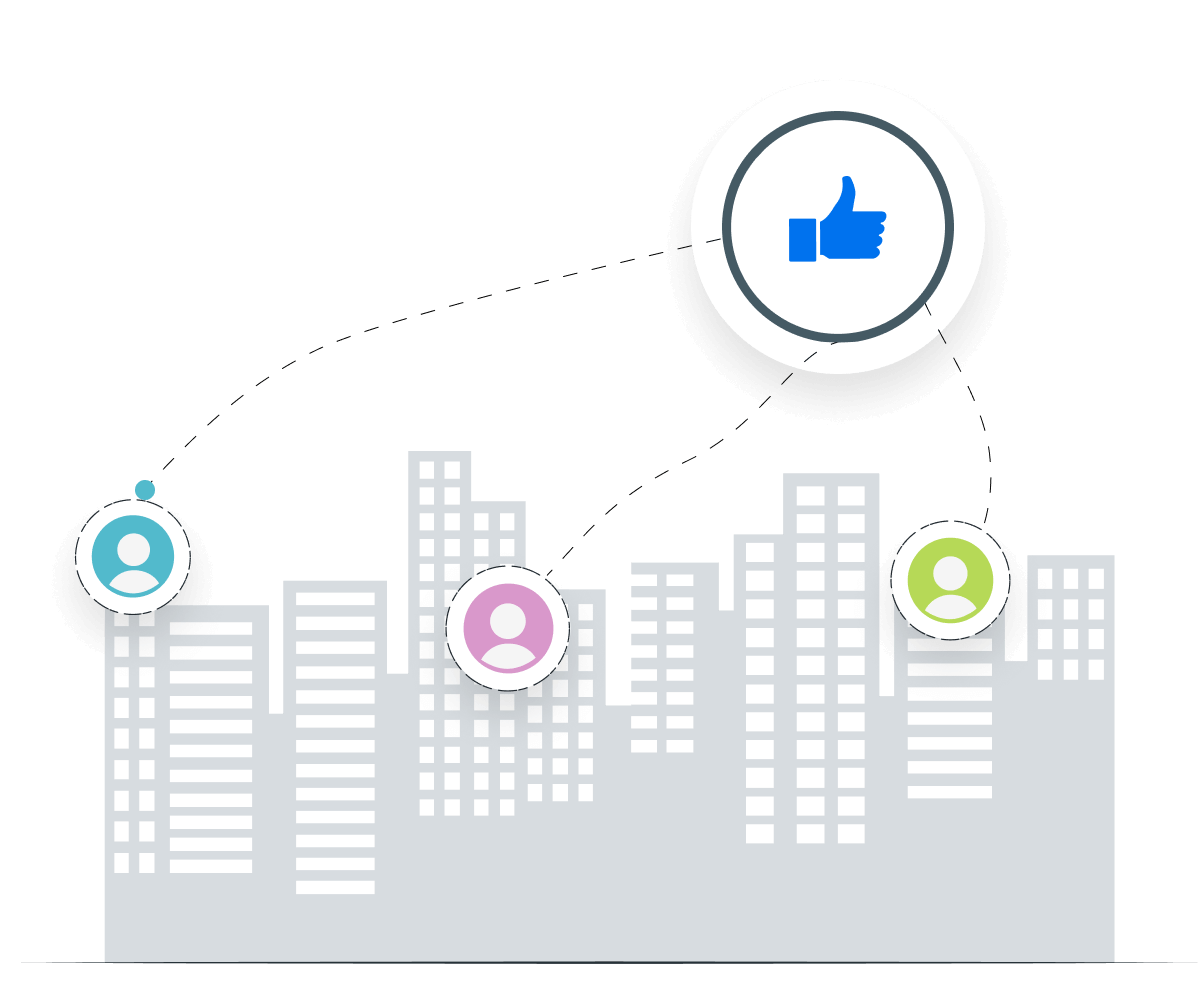
Automatically Pull Data From 80+ Marketing Platforms To Create Client Reports in Minutes.
Best Practices When Analyzing and Reporting on Cost Per Click
Understanding CPC from multiple angles is imperative for streamlining and reporting on advertising efforts. By dissecting CPC metrics, agencies fine-tune the approach and create a more cost-efficient ad strategy.
Historical CPC Evaluation
Studying CPC over various time frames helps make bid adjustments based on seasonal shifts, weekends, or other factors. Historical data is the agency's friend here, as it gives a blueprint for future planning.
Channel-Based CPC Insights
CPC varies across channels like social media platforms, search engines, and display networks. It's not just about comparing the CPC but understanding how each channel contributes to the overall ad campaign effectiveness.
Keyword-Focused CPC Optimization
New keywords may have different CPC pricing than existing ones that have built-in history and established quality scores. Analyzing CPC at the keyword level highlights opportunities to lower the Cost per Click.
User Segmentation and CPC
Break down user segments by geography, demographics, dayparting, and devices. Targeting a specific audience during certain hours may result in lower click costs, or the cost to reach potential customers on desktop computers may be significantly different than on mobile devices.
Visualize Cost Per Click Performance
Visualization tools bring CPC data to life, making it easier to spot trends and outliers that might be lost in a spreadsheet. Data visualization shows how click cost fluctuations correlate with other metrics changes, demonstrating the current status of CPC advertising efforts.
Align to Client Goals
If the objective is to increase brand awareness, a higher CPC might be justified if it results in high-quality clicks. Similarly, if the goal is lead generation at a lower cost, maintaining a lower CPC that aligns with high Conversion Rates would be more beneficial.
FAQs About Cost Per Click (CPC)
Still got questions about Cost Per Click (CPC)? Here’s some more context to make things clearer.
Cost Per Click (CPC) refers to the amount an advertiser pays each time someone clicks on their ad. It’s a core performance metric in PPC campaigns that directly ties spend to user engagement. A lower CPC indicates more efficient ad spend, while a higher CPC may suggest room for optimization.
CPC is calculated by dividing the total cost of clicks by the total number of clicks. More specifically, CPC matters for advertisers because it affects campaign budget, ROI, and overall performance. For best results, use CPC to control spend, forecast results, and improve ad strategies.
Several factors influence CPC in online campaigns, including keyword competition, Quality Score, ad relevance, landing page experience, and bidding strategy. Platforms like Google Ads use these variables to determine CPC in real-time auctions, emphasizing the importance of strategic optimization.
To achieve a lower CPC, advertisers should improve ad relevance, refine keyword targeting, use negative keywords, and optimize landing pages. Leveraging automated bidding strategies and analyzing historical performance will also help reduce CPC.
There’s a direct relationship between CPC and Return on Ad Spend (ROAS). A lower CPC improves cost-efficiency, which may boost ROAS if conversion rates remain strong. However, a higher CPC can still yield positive ROAS if those clicks lead to high-value conversions.
Google Ads Dashboard Example

Related Integrations
How To Improve Average CPC
Improving Cost per Click is key to achieving effective and profitable campaigns. Here are a few actionable tips to keep CPC in check while maximizing results.
Audit Keywords
Weed out underperforming phrases and add them to a negative keywords list. Focus on maintaining high keyword relevance to lower CPC.
Optimize Bid Strategies
Utilize bidding systems like enhanced CPC to adjust bids in real-time, aiming for ad placements likely to convert, making the ad spend more efficient and reducing manual cost control.
Boost Ad Quality
Optimize ad text for relevance and ensure landing pages are top-notch. A well-matched ad and landing page improves quality score and boosts conversions.
Related Blog Posts
See how 7,000+ marketing agencies help clients win
Free 14-day trial. No credit card required.

